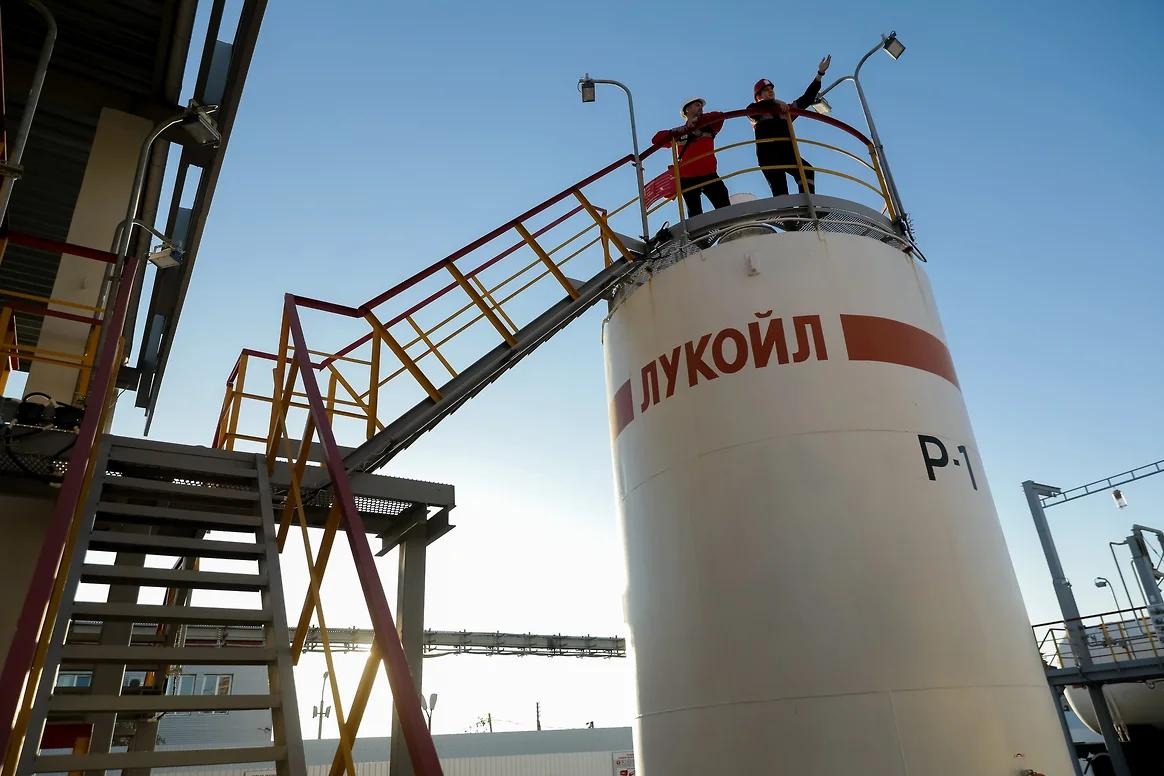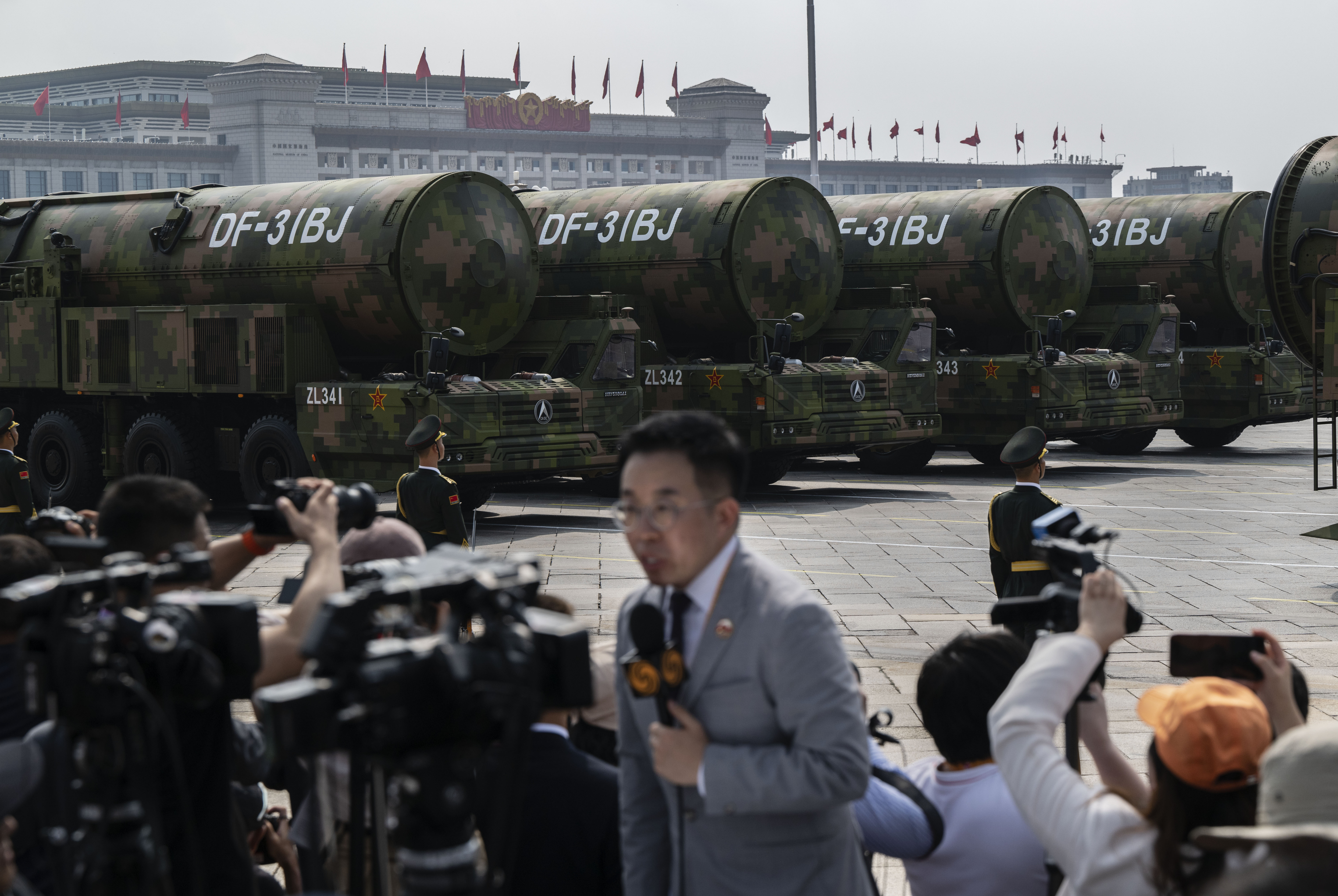Hadji-Ismail Dagomuqua Berzeg, Circassian Warrior and Diplomat (Part 2)
In 1838, the Russian navy sent troops to four locations: the mouth of Sochi River (April 13), the mouth of Tuapse River (May 12), the mouth of Shapsoukho River (July 10) and the Tsemez River (September 12). In July 1838, the headquarters of Russian General Rayevski were visited by a delegation of Circassians who demanded an end to all the illegal construction of military fortifications and a halt to Russian encroachment on Circassian territories. The Russian general responded by asking them to submit to “our great emperor.” He was annoyed by the presence of English advisors and instructors in Circassia and stated: “I know that Englishmen are hiding in your mountains; they confuse and reassure you about help from England, but believe me, they are fooling you and you will never receive any help. Better if you surrender them to me; you will get a lot of silver from our Tsar who is very rich.” A Russian officer, Lorer, who witnessed the scene, later wrote in his memoirs a translation of the answer by the head of the Circassian delegation: “I am amazed by your words, general. If it is true that your master is so rich, why does he envy our poverty and disturb us from sowing millet in our poor mountains? Your Tsar probably is very greedy. As concerns the Englishmen, we cannot surrender them because they are our friends and guests and do a lot of good for us . . . and you do not have enough gold and silver to distract us from the way of honor.” Lorer ended the account with this observation: “I noticed that Rayevski felt awkward at that moment and rushed to finish that conversation.” 8
In the summer of 1838, 1,250 deputies from all the provinces and territories of Circassia signed and sent a petition to the Queen of England and the English government. The signature of Ismail Dagomuqua Berzeg was among the first in the list. Despite all the diplomatic efforts of the Circassian representatives, Russia did not plan to give up its aggressive plans against the Circassians. From 1838 to 1839 forts were built in Sochi – Fort Alexandria (renamed Fort Navaginski in 1839); in Tuapse – Fort Velyaminovskoye; in Shapsukho – Fort Tenginskaya; at the mouth of Shakhe River – Fort Golovinskoye; in Psezuape –FortLazarev. Similarly, Fort Novorossiyski was built at Sudjuk bay on the Tsemez River.
In an attempt to suppress the diplomatic activities of the Circassians, Russian generals could not come up with anything better than to distribute among the Circassians letters offering money for the assassination of their most respected leaders. What follows is the official notification pertaining to the character of Hadji-Ismail Dagomuqua Berzeg sent to the Circassian local congresses at Ghesh on July 7, 1839.
“Barzek (Berzeg) Hadji, having caused intrigues among the people, and having given false intelligence that the Sultan and the Queen of England are coming to aid the Circassians, on my part, I am making known to all the people that whoever cuts off his head and brings it to me, shall receive a thousand ‘monets’ in silver; and he who cuts off the head of the Barzek Hadji, let him come directly into any one of our forts, and there shall be given the order that, after being refreshed and within the hour, there shall be counted to him a thousand rubles of silver, into his own hands.” 9
This state of affairs could not last forever and the Circassian leaders decided to take active counter-offensive actions. During the winter thaw of February-March 1840, under the leadership of Hadji-Ismail Dagomuqua Berzeg and his nephew Biarslan Alkhasoqua, Berzeg took Fort Lazarev by storm on February 7, and then more forts were taken: Fort Velyaminovskoye (March 4), Fort Mikhaylovskaya (March 22) and Fort Nikolayevskoye on the Abin River (March 30). The fort of Svatogo Dukha (Adler) was in danger of siege on March 14 and on March 23-24, Fort Navaginskoye (Sochi) nearly fell. Several thousands Russian soldiers were lost –whole garrisons were killed or taken prisoner by Circassian military units fighting under the command Hadji-Ismail Dagomuqua Berzeg.
Immediately following these successful Circassian defensive actions, a delegation of western Circassians were sent into the nominally subdued Russian territories of eastern Circassia –Kabarda– aiming to convince the leaders of those provinces of the need for open military action and thus to form a united front.
The noted Israeli historian Moshe Gammer wrote: “Circassian actions became a serious obstacle in the conquest of the Caucasus; the consequences of the seizures of a number of fortresses affected the situation for many years. The news about Circassian victories also galvanized the situation in Chechnya inspiring Chechen resistance against Russian rule. And that became the spark which set fire to the whole the region. The Chechens only needed a leader and that person already was among them a half a year (i.e. Shamil). 10
These facts undermine Russian historiography myths explaining away the unprecedented defeat in 1840 by stating that all the troops were sent to Chechnya. Gammer has proved in his research that the facts were in stark opposition to the tales the Russians had spread: the Circassian victories against heavily defended Russian garrisons and afterwards followed the activation of Chechen resistance. An accurate chronology demonstrates that the seizures were conducted at intervals of 15-20 days and the entire campaign lasted three and a half months. Moreover, it was large-scale warfare and by the time Fort Mikhaylovskaya was seized (March 22), the Russian commanders could easily send reinforcements by sea and most likely did so. However, the Circassians could suppress the resistance of a significant contingent of Russian troops and that was the glorious triumph (of Ismail Dagomuqua) of 1840. Those were the reasons why the Russian armies were so badly demoralized for such a long time. 11
The mountaineers of the eastern Caucasus in turn were inspired by the Circassian victories and the activities of Imam Shamil raised the bar to a higher level. The North-Eastern Caucasian state Imamat had already been formed by 1842. That same year, Shamil’s army inflicted a significant defeat on the Russian army in the forests of Ichkeria commanded by General Grabbe. In 1843 not a single soldier was left in the lands of Chechnya and Dagestan. The summer of 1845 turned out to be an absolute disaster for the Darginskaya expedition of the Russian army. The Russian commander-in-chief of the Caucasus, Count Vorontzov, led that campaign in which only a third of his soldiers survived and became prisoners of war; he himself barely escaped. All the artillery and provisions were left behind. As Shamil liberated Chechnya and Dagestan, he acted in the same way the western Circassians had six years earlier: he first sent his delegates and then undertook a military operation in Kabarda against Russian troops.
Ubykhs led by Ismail Dagomuqua eventually took Fort Navaginski (Sochi) in April of 1841. However, Fort Navaginski was retaken by Russian troops several months later on October 10. In order to do so, they had to gather in significant numbers at Fort Svatogo Dukha (Adler) to leave it and start moving along the seaside under the cover of constant firing on the Ubykhs. The Ubykhs were informed about the Russians’ intentions to take back the fortress back and Hadji-Ismail Dagomuqua with his soldiers resisted every single step of the Russian column. The Russian regiment experienced serious casualties: 600 Russian troops were killed and more than 3,000 were wounded or missing. Commodore Serebryakov wrote of the expedition: “Of course the enemy also had losses, but they cannot be compared to ours, because the mountaineers always fired from dispersed positions while having the opportunity to beat us walking along the very sea shore in a dense column.” 12
In 1846 alone, over 15 Russian fortresses constituting the Black Sea military line were involved in over 88 battles with Circassians. The fortress of Navaginskaya (Sochi) experienced 19 battles, Velyaminovskaya and Tenginskaya each had 18 battles, Golovinskaya fortress 10 battles, and the others from 1 to 7 each. Frequently battles followed one right after another, sometimes several days in a row. 13
Hadji-Ismail Dagomuqua Berzeg who played such a key role in organizing these attacks died in 1846 while returning home from the pilgrimage to the Holy Mecca. He was 80 years old. Circassians will always revere him as a military leader for his skill in battle and will be remembered as Circassia’s George Washington because of the important role he played in halting Russia’s advance into Circassia and for his role in organizing the Circassians into a unified front against Tsarist Russia’s southward advance into the Caucasus.
1. Journal of a Residence in Circassia during the years 1837, 1838 and 1839 by James Stanislaus Bell, V. 2, p. 6.
2. Ibid. p. 344.
3. Ibid. p.346
4. Fadeyev R.A. Pisma c Kavkaza. Sobraniye sochineniye SPb, 1889. T. 1 chast 1. p. 201.
5. Dogovory Rossii s Vostokom. Politicheskiye i torgovye. Sobral i izdal T. Yuzefovich. SPb, 1869, p. 54
6. T.V. Polovinkina, Cherkessia, bol moya, Istoricheskii ocherk (reveneishee vremya – nachalo XX vek), p. 110.
7. Lapinskii T. Gortsy Kavkaza i ix osvoboditelnaya borba protiv russkikh, Nalchik, 1995, p. 210.
8. Lorer N.I. Zapiski moevo vremeni. Vospominaniya o proshlom./Zapiski dekabristov. Moskva, 1988, p. 484.
9. Journal of a Residence in Circassia during the years 1837, 1838 and 1839 by James Stanislaus Bell, V. 2, p. 459.
10. Moshe Gammer, Musulmanskoe soprotivleniye tsarismu. Zavoevaniye Chechni i Dagestana. – Moskva, 1998, pp. 169-170.
11. Samir Khotko, Cherkesskoe Soprotivleniye Rossii: Istoriographicheskii Aspekt, https://heku.ru/page.php?id=1591
12. Kasumov A.Kh, Kasumov Kh.A, Gentside adygov, Nalchik, 1992, pp. 100-101.
13. Scherbina F.A. Istoriya Kubanskovo kazachevo voiska, Ekaterinodar, 1913, T. 2, p. 377.


